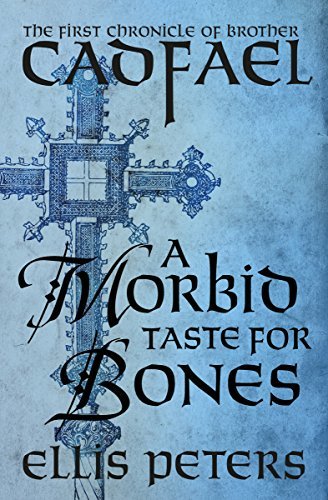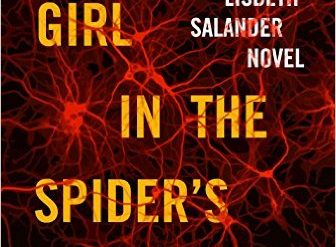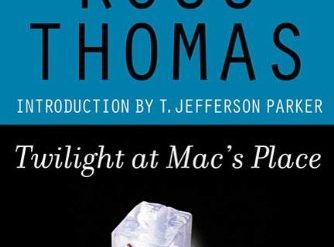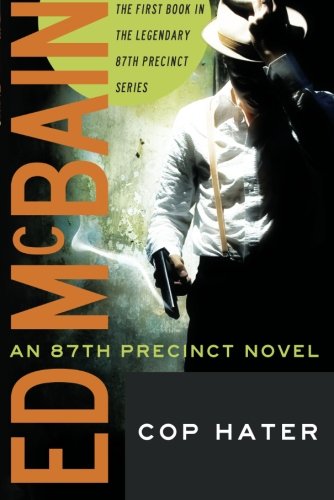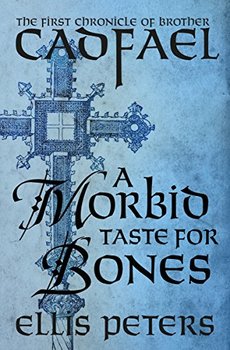
The twenty novels of the celebrated Brother Cadfael series are grounded in the harsh reality of medieval Britain.
In the first of the 20 mystery novels in the Brother Cadfael series, Edith Pargeter (writing under the name Ellis Peters) introduces the brilliant Benedictine monk and his brothers. They live in the monastery of Saint Peter and Saint Paul in the town of Shrewsbury, in southwestern England. (I’ve linked the reference in the preceding sentence to an unusually informative Wikipedia entry, which is well worth reading.)
A Morbid Taste for Bones is set in the year 1137. The action takes place in nearby Wales, then an independent country with a distinctive language and culture. Brother Cadfael, himself Welsh, plays a central role as an interpreter in the plot by the prior of his monastery to appropriate the bones of a young Welsh girl named Winifred. The teenage miracle-worker had been canonized hundreds of years earlier. Peters’ plot is based on historical fact, as are the circumstances throughout the Brother Cadfael series.
A Morbid Taste for Bones (Brother Cadfael #1) by Ellis Peters (1977) 213 pages ★★★★★
Peters spins her engaging tale around a murder that takes place in the course of the monks’ visit to Wales to obtain Saint Winifred’s bones. The author demonstrates not just a command of the historical circumstances but of the methods and devices of writing mystery novels. Her plot is deliciously complex and allows suspense to build steadily as Brother Cadfael investigates the murder with the help of the slain man’s daughter.
Both the novel’s title and the action that unfolds demonstrate one of the principal delusions of medieval Catholicism: that the bones of saints held special healing powers for believers. The faithful often traveled great distances, usually on foot, to visit shrines that purportedly held the bones of revered saints. The belief in the power of saints’ bones was so deeply ingrained in the mindset of Christians of that era that Martin Luther didn’t even include this offense to reason in his 95 Theses, which launched the Reformation. Unsurprisingly, the willingness of credible worshippers to swallow such fantastic claims led to a thriving business in relics that only rarely had any connection whatsoever to the saints whose remains they were claimed to be. (Humorist Christopher Buckley wrote an hysterically funny novel about this obsession with bones in The Relic Master, which I reviewed at An irreligious take on Catholic history.)
This book was my first taste of the Brother Cadfael series. I can see I’ve got a lot of great reading ahead of me.
For additional reading
For an excellent popular history of the medieval era, see Powers and Thrones: A New History of the Middle Ages by Dan Jones (Change in the Middle Ages came thick and fast).
You might also enjoy my posts:
- Top 10 mystery and thriller series;
- 20 excellent standalone mysteries and thrillers; and
- 20 outstanding detective series from around the world.
For an abundance of great mystery stories, go to Top 20 suspenseful detective novels (plus 200 more). And if you’re looking for exciting historical novels, check out Top 10 historical mysteries and thrillers reviewed here (plus 100 others).
And you can always find my most popular reviews, and the most recent ones, plus a guide to this whole site, on the Home Page.

